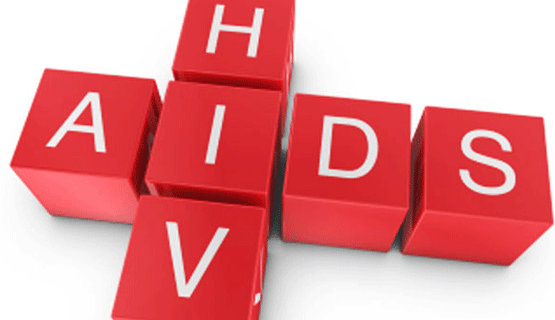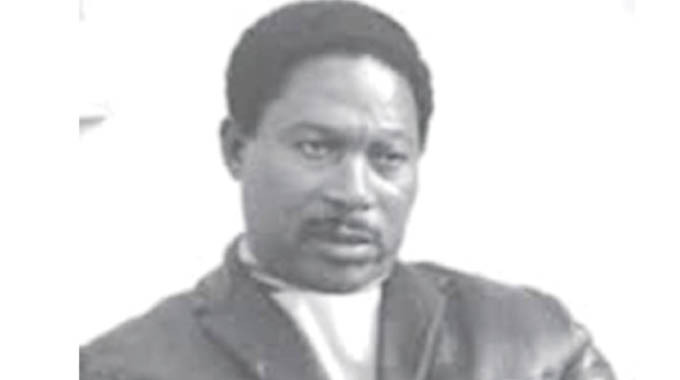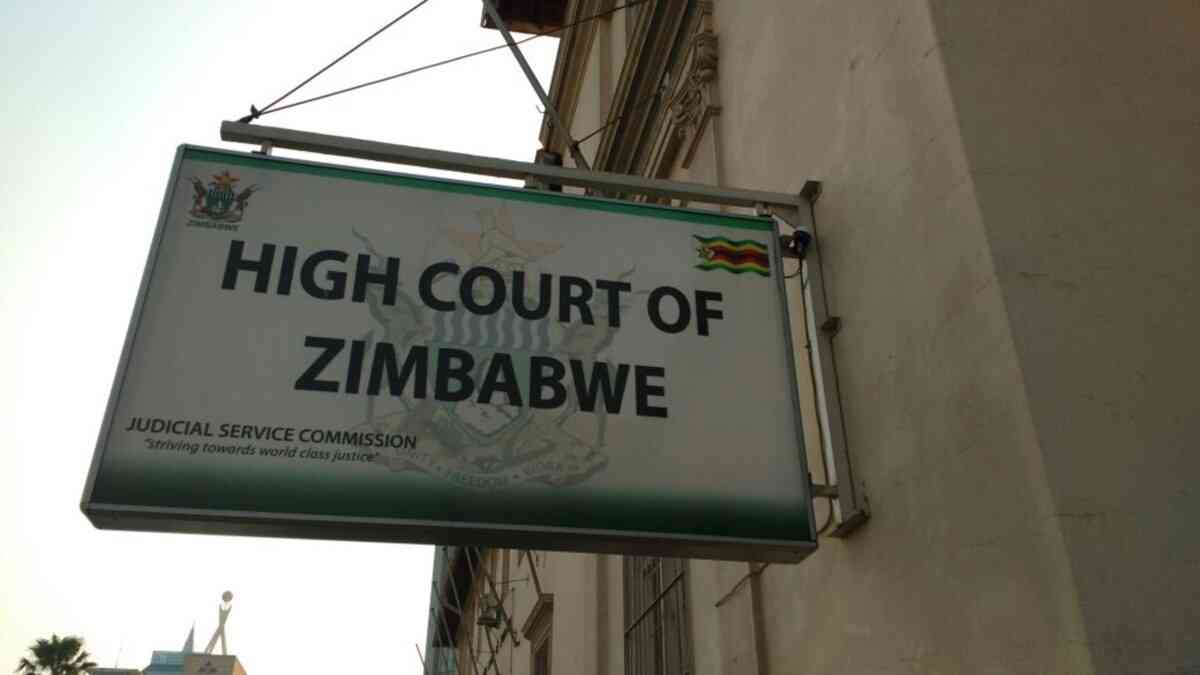
THE National Aids Council of Zimbabwe (NAC) has embarked on a survey to determine the reasons behind the high default rate among people on anti-retroviral therapy in Bulawayo.
Nqobile Bhebhe Chief Reporter
As of January, a total of 50 477 people in the city were on first line anti-retroviral therapy with females being the majority.
NAC provincial monitoring and evaluation officer Douglas Moyo said the high rate of defaulters had become a major concern for the province.
“The survey which is at data analysis stage is themed Determinants of poor adherence among adult participants accessing ART in Bulawayo.
“According to our January report of 2014, we had 18 989 male on first line ART and we had 31 488 females bringing the total the total to 50 477,” he told Southern Eye last week.
“On second line treatment, we had 420 males and 693 females bringing the total to 1 113.”
Moyo said in December last year, 17041 males and 29 410 were females were taking first line ART in the province.
- Chamisa under fire over US$120K donation
- Mavhunga puts DeMbare into Chibuku quarterfinals
- Pension funds bet on Cabora Bassa oilfields
- Councils defy govt fire tender directive
Keep Reading
“With the figures fluctuating each month, as a province we embarked on a study to get the root causes,” he said.
“Some defaults could be due to patients that die or just stop.
“Currently we are at data analysis stage and we expect to be done by end of March.
“The period under study is from 2004 to 2012.”
NAC’s Bulawayo Province is divided into six districts, Bulawayo North, Bulawayo South Nkulumane, Emakhandeni, Luveve and Magwegwe.
Moyo would not give figures of patients under ART in each district saying: “it would not be the correct picture as the districts don’t have equal number of opportunistic infection clinics.
There were reports that Cowdray Park has an HIV infection rate of 44,7 %, which is way above the national infection rate that is below 15%.
“Luveve has one clinic, but Bulawayo North has five clinics, so the numbers would paint a distorted view,” he said.
Appearing before the Parliamentary Thematic Committee on HIV and Aids recently, the NAC chief executive officer, Tapuwa Magure, said although the HIV and Aids prevalence rate was decreasing countrywide, the rate remains high in Matabeleland South, Bulawayo and Matabeleland North where it currently stands at 21, 19% and 18% respectively.
Zimbabwe has, however, managed to reduce the prevalence rate from a peak of 29% to the current rates of about 15%.










